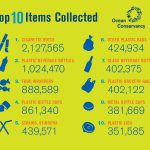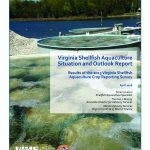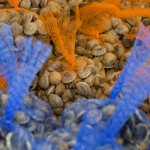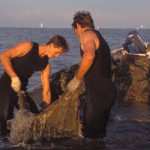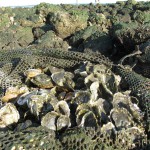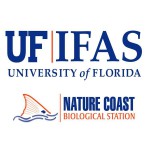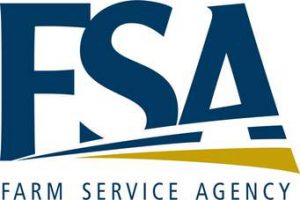
Sign-up for USDA Farm Service Agency NAP Coverage
The Noninsured Crop Disaster Assistance Program (NAP), administered by the USDA Farm Service Agency (FSA), provides financial assistance to growers of non-insurable crops to protect against natural disasters that result in crop losses. NAP provides catastrophic level (CAT) coverage based on the amount of loss that exceeds 50% of expected production at 55% of the average market price for the crop. The 2014 Farm Bill authorizes additional coverage levels ranging from 50 to 65% of production, in 5% increments, at 100% of the average market price. Additional coverage must be elected by a grower by the application closing date. Growers who elect


